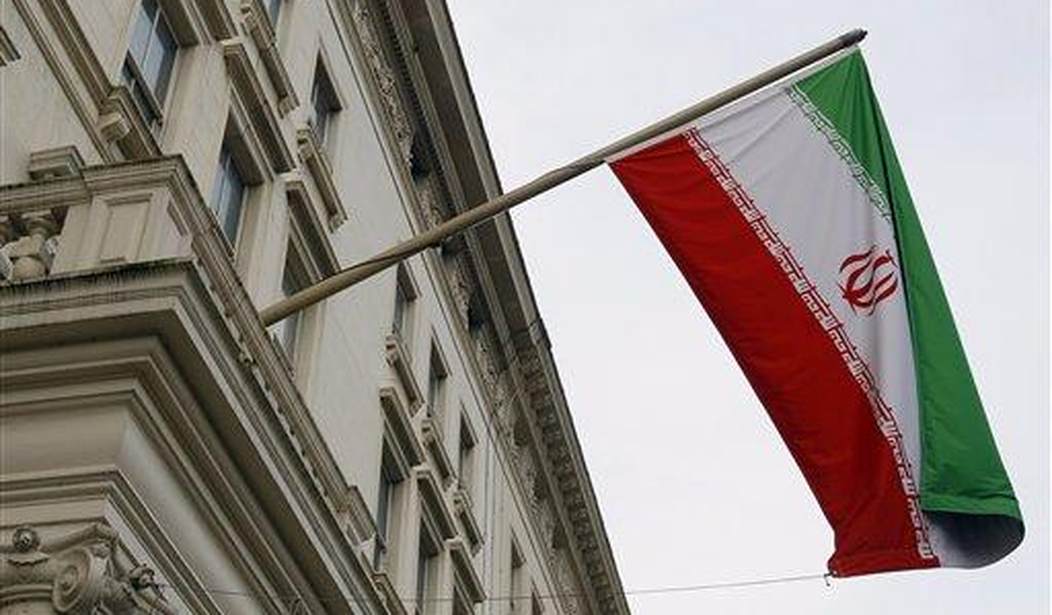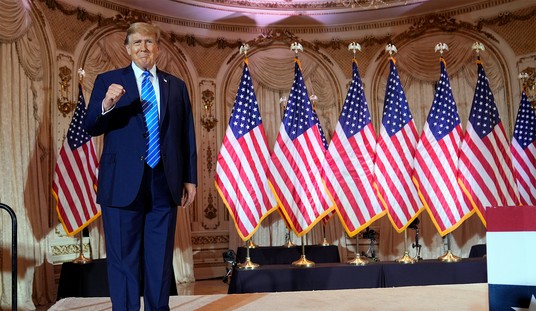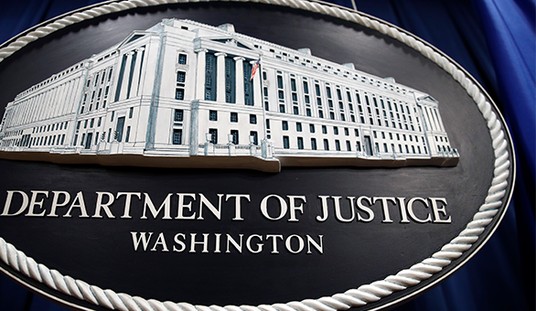Iran’s nationwide uprising is now entering its fourth month. It shows no signs of abating despite the Iranian regime repeatedly accelerating its efforts to crack down on dissent, ever since the first demonstrations erupted after Mahsa Amini was arrested and fatally beaten by morality police in mid-September for allegedly violating the country’s Islamic dress code.
The regime’s latest escalation took place earlier this month when Mohsen Shekari became the first protester to be executed, followed shortly by Majidreza Rahnavard who was hanged from a crane in public as a warning to others. That warning was reinforced by state media, which published the names of around two dozen others for whom death sentences were either pending or already handed down.
The charges in question are vague in virtually every case. Shekari and Rahnavard
Among the pending executions the authorities have acknowledged, several stem from protesters simply blocking roadways. This is among the most prevalent acts of defiance in the ongoing uprising, and its newfound association with the death penalty is clearly intended to terrorize the public. Yet, far from shrinking away from this association, protesters appear to be confronting it head-on.
In recent days, photographs and video have gone viral on Iranian social media which show a woman carrying out a mock hanging of herself in Mashhad, the same city where Rahnavard was executed the prior Monday. The gender of that protester recalls attention to the female leadership that has been evident in this uprising since its beginning and has set it apart from a number of other uprisings that have broken out in recent years.
Recommended
The role of women is made all the more remarkable by the fact that it includes teenage girls refusing to wear their hijabs in school, repelling government authorities who invaded campuses to plead for compliance, and destroying images of the clerical regime’s founder and its current supreme leader, the display of which is mandated in classrooms.
Naturally, university campuses have also been hotbeds of protest over the past three months, with every institution becoming involved at one time or another, and some being subjected to brutal government crackdowns and mass arrests. Similar crackdowns have taken place much more out in the open in the streets of major cities, while the breadth of student participation reflects the overall diversity of the uprising as a whole.
According to information gathered by the leading pro-democracy opposition group, the People’s Mojahedin Organization of Iran (PMOI/MEK), residents of nearly 300 cities and towns have become active in the protest movement, spanning all 31 Iranian provinces. Every major ethnic and religious group has been unified behind slogans like “death to the dictator” which convey the public’s demand for the ouster of the entire ruling system. That unity also spans social classes and includes three distinct generations, including the 2010s generation, which corresponds to a time when illicit access to unfiltered internet and foreign media was becoming prevalent throughout the Islamic Republic.
Young Iranians have grown up with a strong awareness of what life can be like under a democratic system with ingrained civic freedoms.
This has naturally amplified the contempt for religious dictatorship which has been evident among the public since the immediate aftermath of the 1979 revolution. Over the course of four decades, the divide between the people and the ruling elite has become so wide that it can no longer be bridged. The current uprising is the clearest proof of that.
Nevertheless, the mullahs seem to be living in a different world and cannot come to grips with the fact that the overwhelming majority of Iranians want them overthrown. This is strange, since a prior uprising in January 2018 prompted no less an authority than Supreme Leader Ali Khamenei to acknowledge that Iranian citizens were increasingly lining up behind the People’s Mojahedin in order to challenge the theocratic system.
Khamenei was correct about the MEK’s role in that uprising, and its role in the push for regime change has only strengthened since then. The current uprising’s slogans and the people’s organized defiance of violent repression reflect the growing influence of that organization’s “Resistance Units,” which began taking shape in 2014 and grew their membership by a factor of five between the summer of 2021 and this year.
Just as there is no reason to suppose that the uprising will recede, there is no reason to suppose that the organized Resistance movement will not continue to grow, both at home and abroad. Dozens of Western lawmakers and former senior officials, in the U.S., Canada, the United Kingdom, Belgium, Italy, and I
That dictatorship is clearly on its way out. The Iranian people will see to it. But the international community can help to hasten that outcome by going beyond mere condemnation of the clerical regime and taking concrete steps to isolate and weaken it at the outset of a fourth month of domestic unrest.

























Join the conversation as a VIP Member